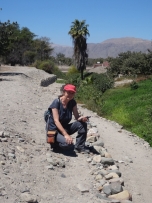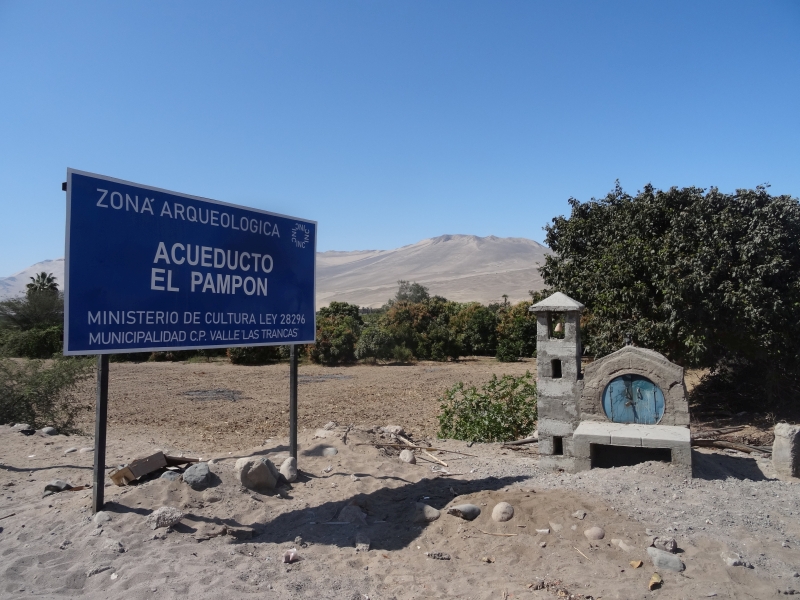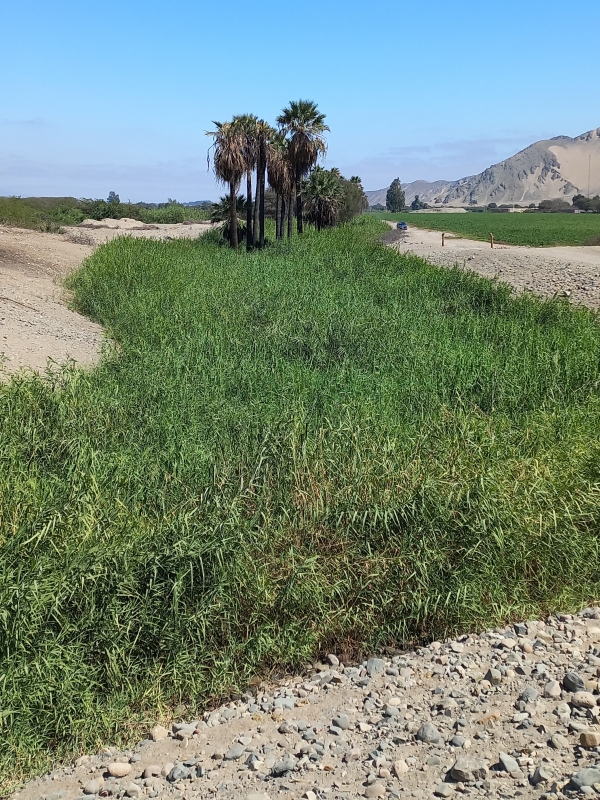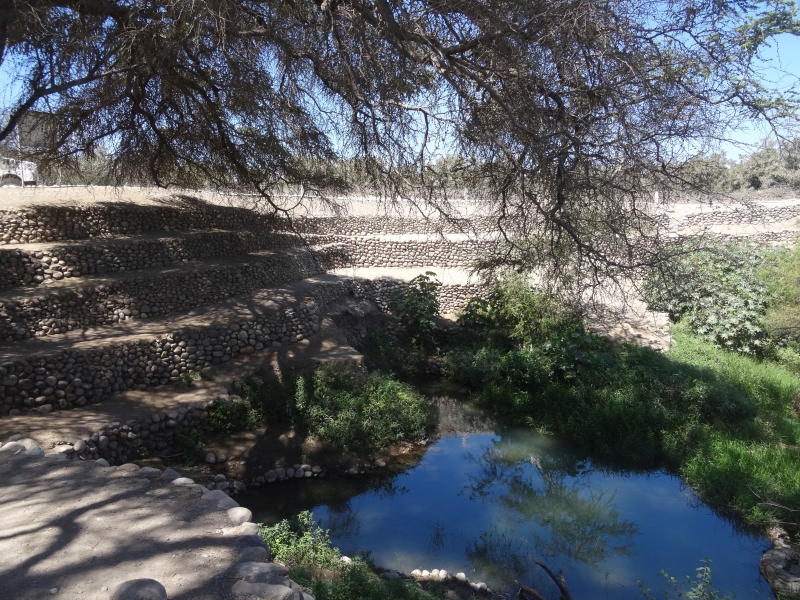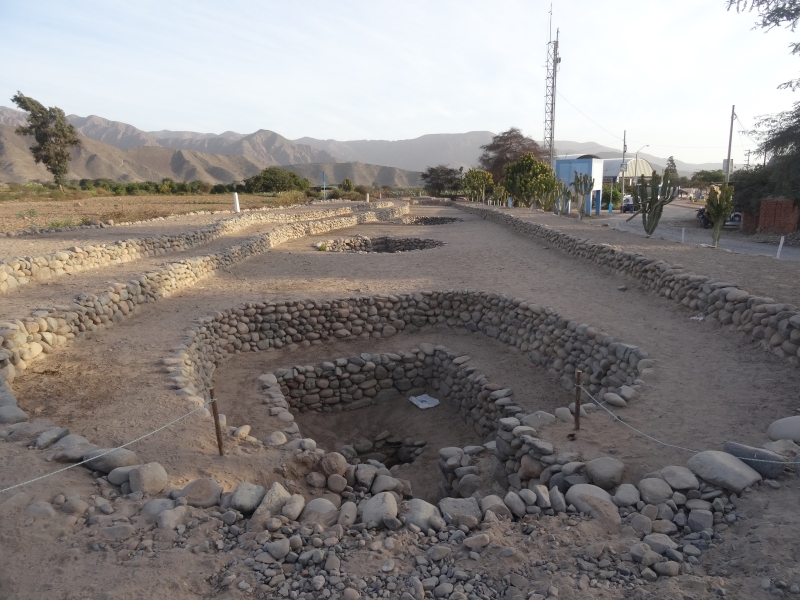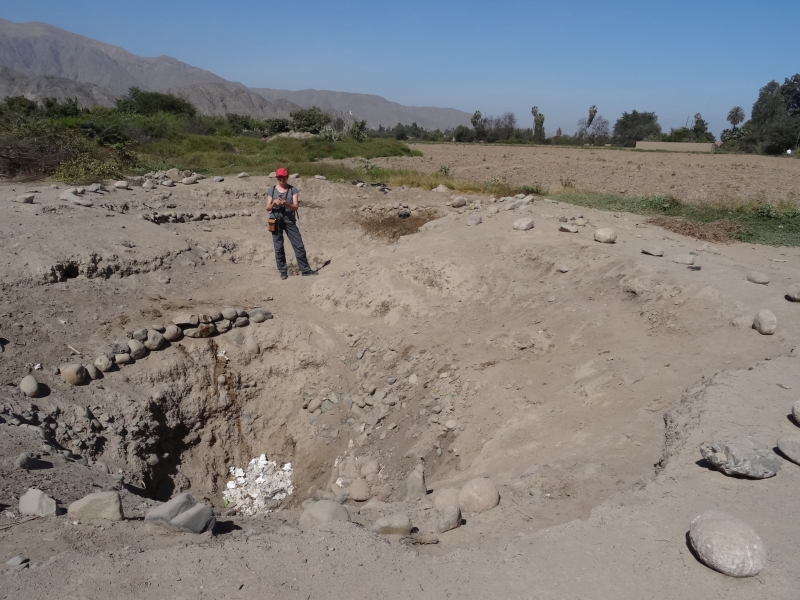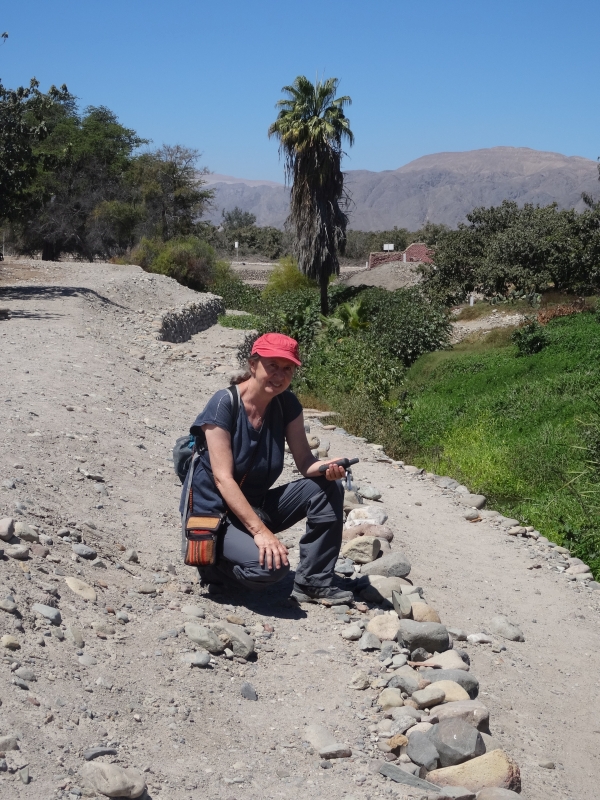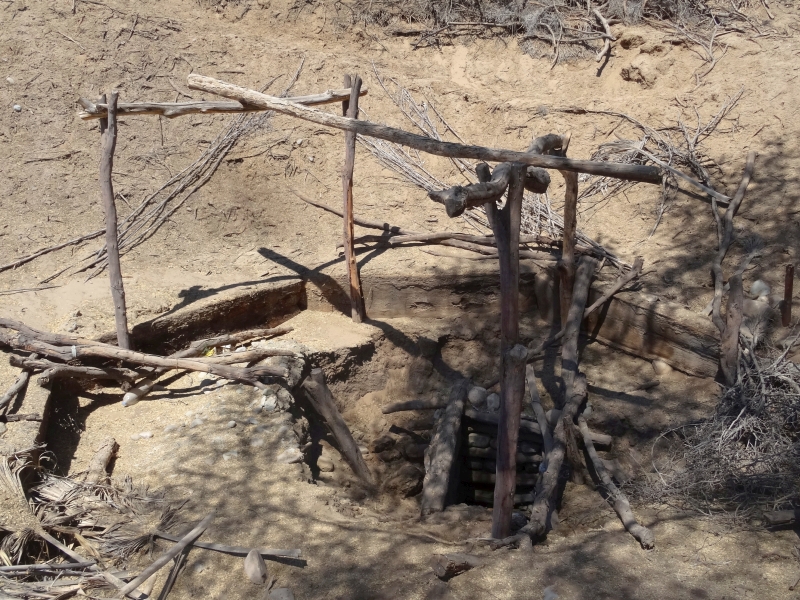The 14th Expedition 2025
The expedition, which took place from the end of August to mid-September, focused once again on surveying the aqueducts in the Nasca region.
These aqueducts are among the oldest irrigation systems in the Andean world. They represent a vast, sophisticated irrigation system that brings water from underground springs to one of the
driest regions on earth, thus providing the basis for life for many people in this region for millennia.
In 2016, an interdisciplinary project was launched with the aim of assessing the potential of these aqueducts for UNESCO World Heritage status.
As a prerequisite, the aqueducts had to be surveyed, their current condition analyzed, and their location mapped.
During the 2016 survey campaign, the 34 remaining aqueducts in the Nasca and Taruga valleys were mapped, and five selected systems were photogrammetrically surveyed using UAVs.
Since then, several aqueducts have been restored by the local authorities and made accessible to tourists. However, floods caused by El Niño events have also damaged some of the aqueducts.
Therefore, the objective of this year's campaign was to document the current condition of the systems and, at the same time, to survey the remaining aqueducts in the Las Trancas Valley
further south using GPS. This will provide a complete overview of all existing irrigation systems in the Nasca region and conclude the surveying phase of the project.
|


